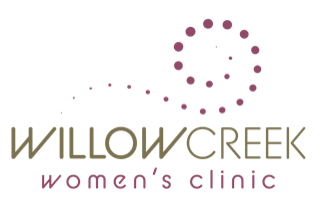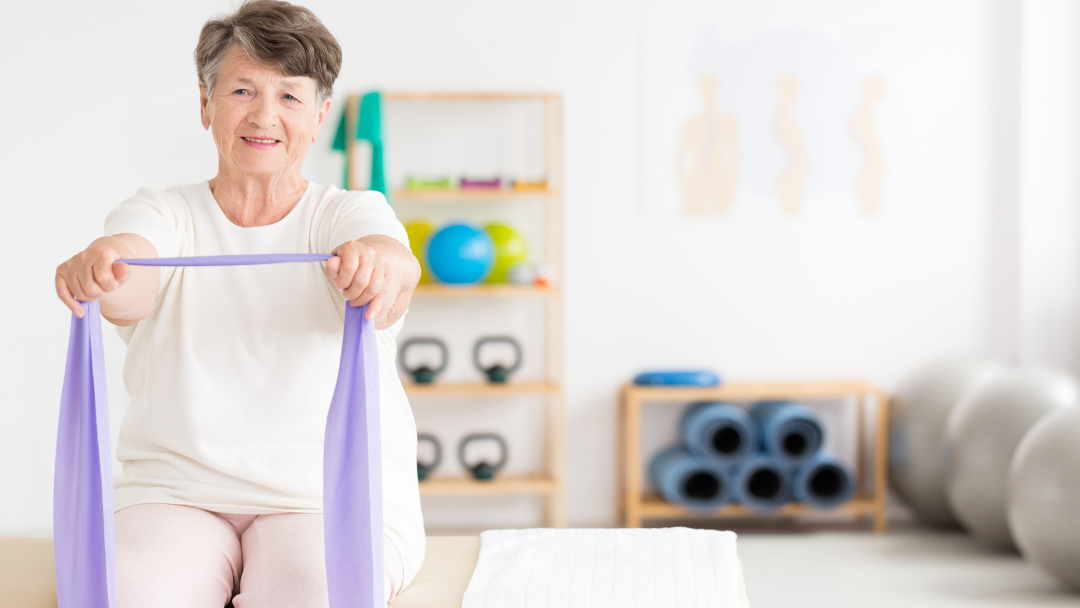Every day, our body breaks down old bone and puts new bone in its place. As we get older, our bones break down more bone than they put back. It is normal to lose some bone as we age. However, if we do not take steps to keep our bones healthy, we can lose too much bone and which can lead to a condition called osteoporosis.
Osteoporosis is a disease in which your bones become weak and are more likely to break. If you have osteoporosis you are more likely to break bones in your hip, spine, and wrist. Osteoporosis can affect both men and women at any age, but it more commonly affects older women.
Preventing osteoporosis is important and can be as simple as living a healthy lifestyle by eating a healthy diet rich in calcium and vitamin D and exercising to keep our bones strong. Below is a list of ways to prevent osteoporosis before it begins:
- Limit alcohol: Too much alcohol can cause bone loss and broken bones so limiting alcohol can be beneficial to your bone health.
- Diet: Getting too little calcium and vitamin D can increase your chances of getting osteoporosis. Examples of some great calcium-rich foods are low-fat dairy products, dark green leafy vegetables, canned salmon or sardines with bones, soy products, such as tofu and calcium-fortified cereals and orange juice. Men and women between the ages of 18 and 50 need 1,000 milligrams of calcium a day and this daily amount increases to 1,200 milligrams when women turn 50 and men turn 70. Vitamin D improves your body’s ability to absorb calcium and improves bone health in other ways. People can get adequate amounts of vitamin D from sunlight, but this may not be a good source if you live in Wisconsin, if you’re housebound, or if you regularly use sunscreen or avoid the sun entirely because of the risk of skin cancer. A good starting point for adults is 600 to 800 international units (IU) a day, through food or supplements.
- Hormones: Low estrogen levels due to missing menstrual periods or to menopause can cause osteoporosis in women. Replacing estrogen for some women can help keep their bones strong.
- Physical activity: Not exercising and not being active for long periods of time can increase your chances of getting osteoporosis. Like muscles, bones become stronger, and stay stronger, with regular exercise. Strength training helps strengthen muscles and bones in your arms and upper spine, and weight-bearing exercises — such as walking, jogging, running, stair climbing, skipping rope, skiing and impact-producing sports — affect mainly the bones in your legs, hips and lower spine. Balance exercises such as tai chi can reduce your risk of falling especially as you get older.
- Smoking: Cigarettes can keep your body from using the calcium in your diet which leads to weaker bones.
Age, ethnicity, gender, and family history are also risk factors that cause bone loss but unfortunately, these risk factors cannot be changed so focusing on the risk factors that we can change can really make a difference.
Osteoporosis can be diagnoses by a test called a bone mineral density (BMD) test to check your bone health. This test can check your bone strength and it can also determine if treatments are making your bones stronger.
Treatment options for osteoporosis can vary from person to person. Some treatment options include a balanced diet rich in calcium and vitamin D, an exercise plan, a healthy lifestyle and medicines to help prevent and treat the disease.
For more information on osteoporosis, you can search these websites for helpful information:
- National Institutes of Arthritis and Musculoskeletal and Skin Diseases at https://www.niams.nih.gov/health-topics/osteoporosis
- National Osteoporosis Foundation (NOF) at https://www.nof.org /

